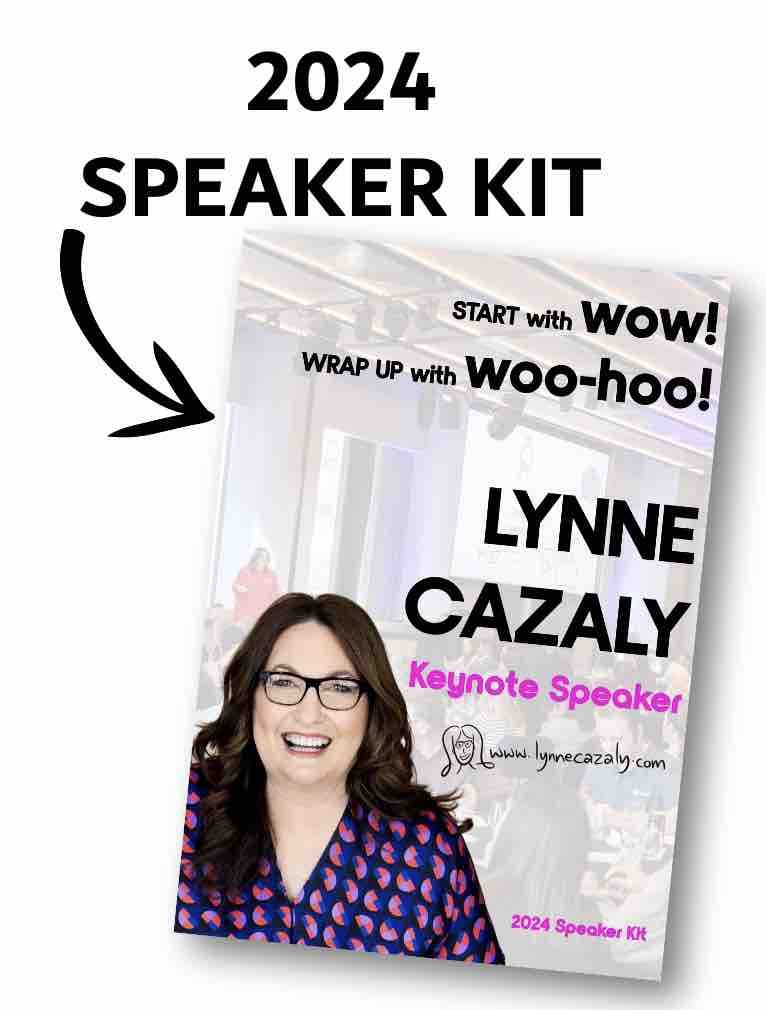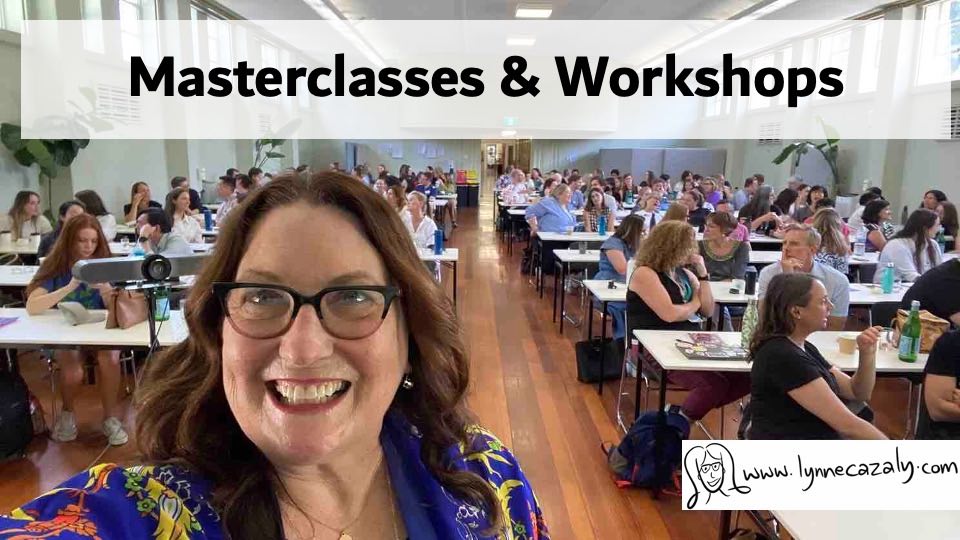Hey, it looks like this...
 Tuesday, October 30, 2012 at 5:54PM
Tuesday, October 30, 2012 at 5:54PM In a meeting with a client team this week, we were strugglig to understand the crux of a project, the keystone of a piece of work.
Then one of the managers jumped to his feet.
"It looks like this!" he said. His energy and enthusiasm shifted up a level. He stepped to the whiteboard, picked up a marker and drew a circle with two lines leading to it... he finished off with some smaller circles around the edge of the larger circle.
With this quick image, the talk and questioning of the previous 20 minutes were crystallised. So little effort yet with such a huge impact. The power of helping people see what you're thinking.
You've stepped up to a white board or flip chart before, but when you do, there are problems lurking.
My new whitepaper 5 Ways to more engaging flip charts and whiteboards explains how to avoid the problems and make your visual solution more engaging.
Download the whitepaper here and this week, step up, jump up and help people really see what you're thinking.















